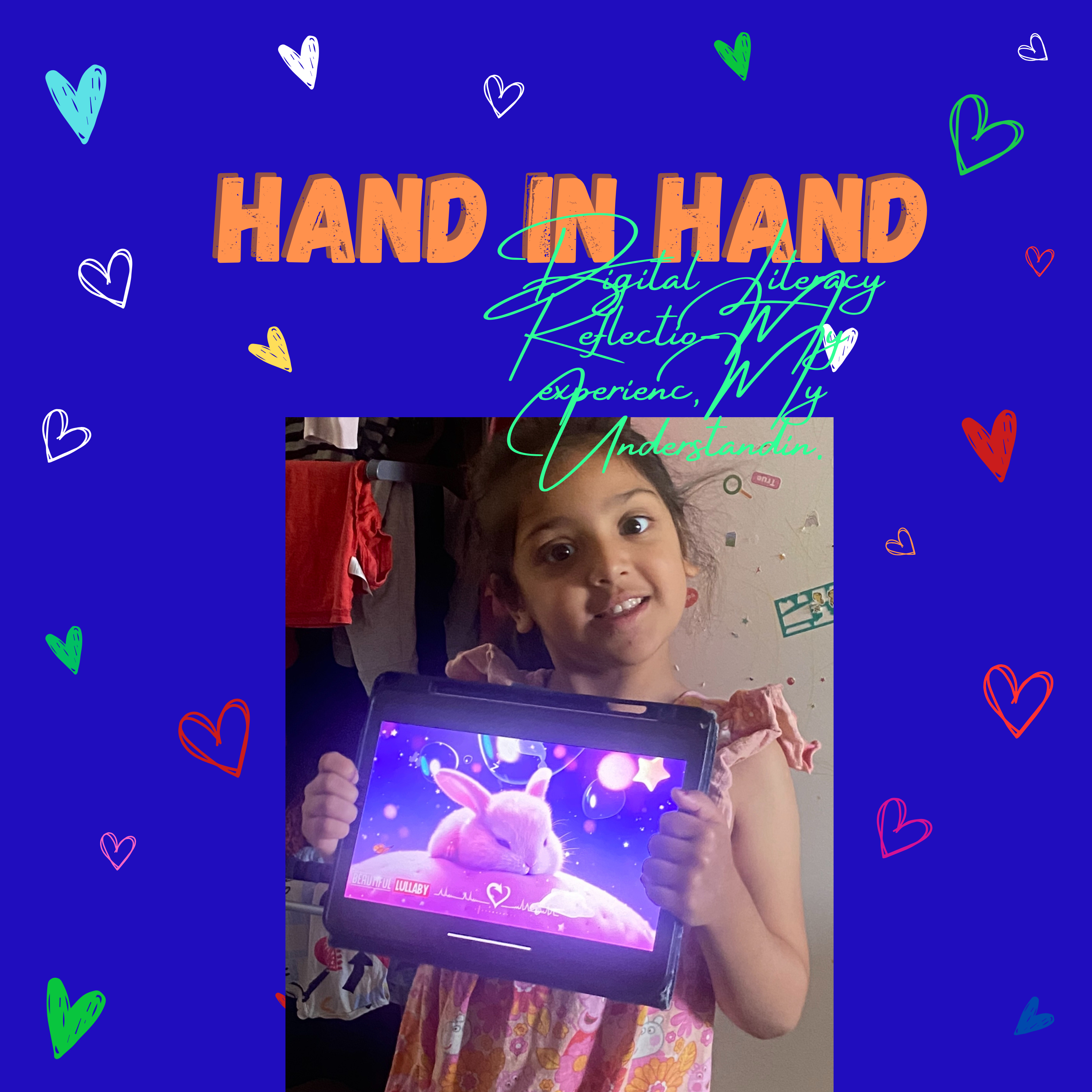Latest episodes of the podcast Digital Literacy, My Understanding and its Importance.
Digital Literacy and my Understanding.
05/05/2025
 ZARZA We are Zarza, the prestigious firm behind major projects in information technology.
ZARZA We are Zarza, the prestigious firm behind major projects in information technology.
